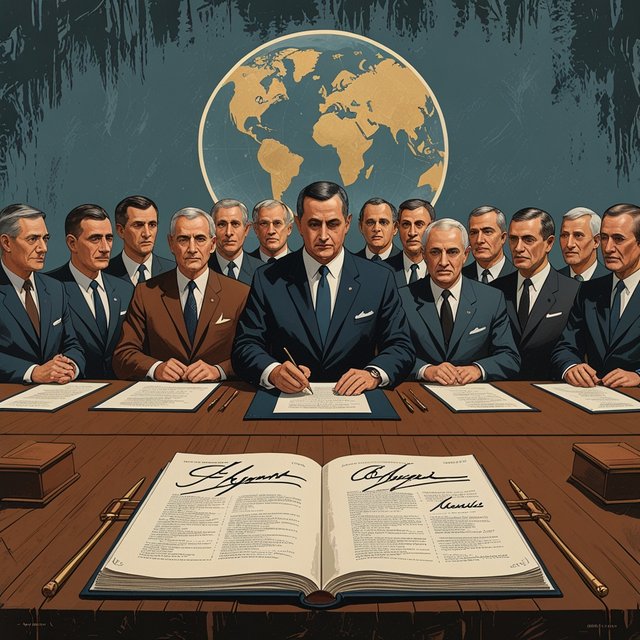Understand what the Treaty on the Non-Proliferation of Nuclear Weapons is
The Treaty on the Non-Proliferation of Nuclear Weapons (NPT) is a landmark international agreement aimed at preventing the spread of nuclear weapons and promoting peaceful uses of nuclear energy. It was opened for signature on July 1, 1968, and entered into force on March 5, 1970.
Key Objectives of the NPT:
- Non-Proliferation:
Countries that do not have nuclear weapons agree not to acquire or develop them. This prevents the spread of nuclear weapons to more states.
- Disarmament:
Countries that already possess nuclear weapons (recognized as the U.S., Russia, China, France, and the U.K.) commit to pursuing nuclear disarmament with the ultimate goal of eliminating their arsenals.
- Peaceful Use of Nuclear Energy:
All parties have the right to access nuclear technology for peaceful purposes (e.g., energy production), under strict international safeguards to ensure it's not diverted for weapons.
Key Features:
The International Atomic Energy Agency (IAEA) plays a major role in verifying compliance through inspections.
The treaty distinguishes between nuclear-weapon states (NWS) (those that tested nuclear weapons before January 1, 1967) and non-nuclear-weapon states (NNWS).
It is legally binding and has been extended indefinitely since 1995.
Significance:
The NPT is considered the cornerstone of global nuclear non-proliferation efforts.
Nearly every country in the world is a party to the treaty—191 states—making it one of the most widely adhered-to arms control agreements.

Congratulations, your post has been manually
upvoted from @steem-bingo trail
Thank you for joining us to play bingo.
STEEM-BINGO, a new game on Steem that rewards the player! 💰
How to join, read here
DEVELOPED BY XPILAR TEAM - @xpilar.witness